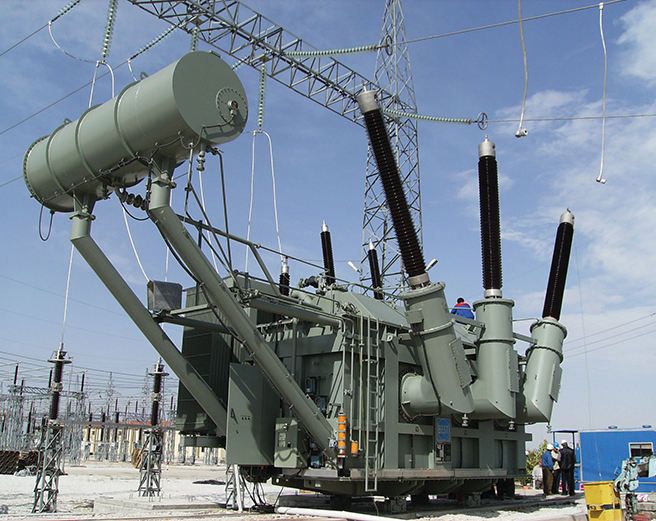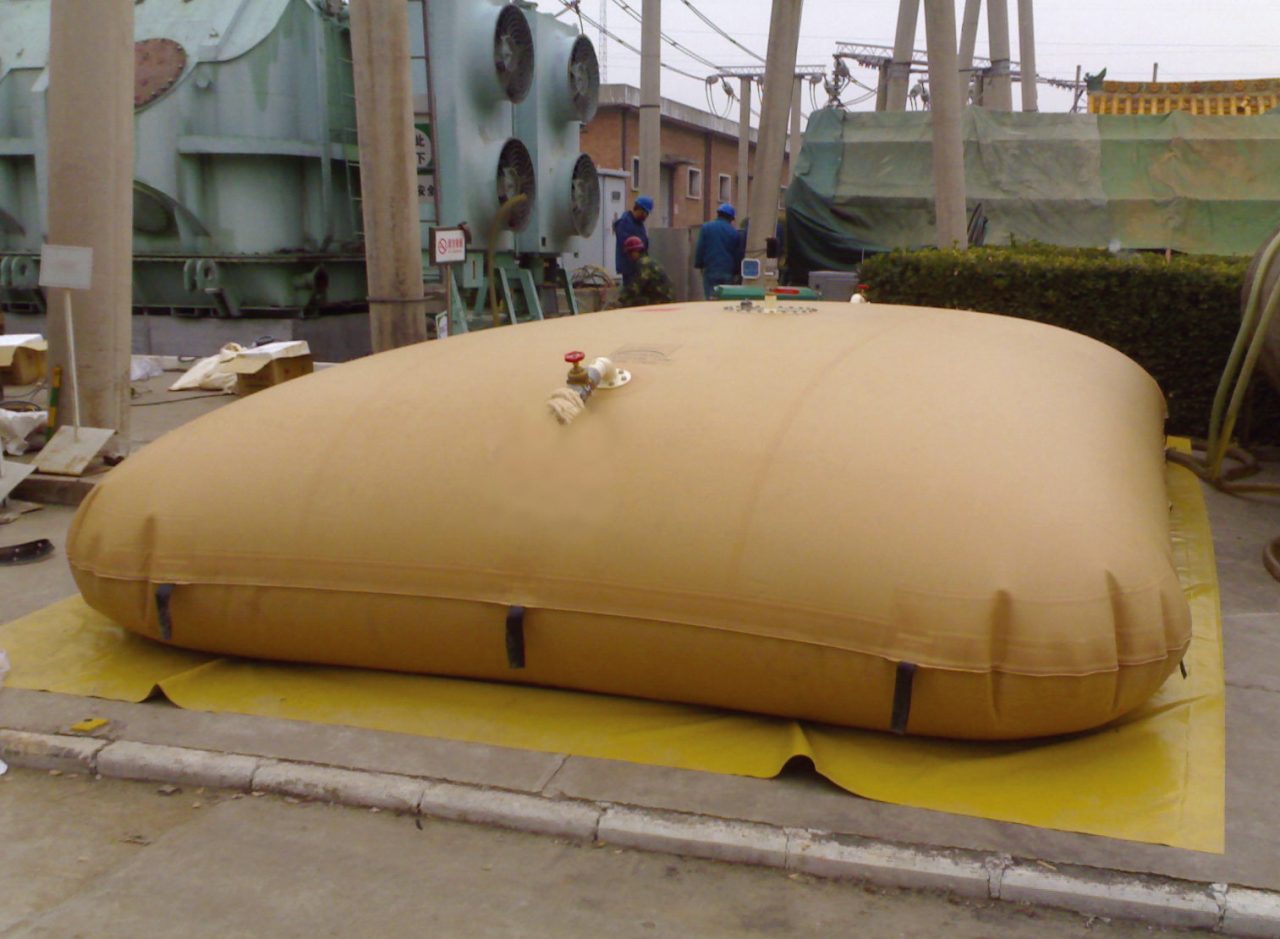Why to store dielectric oil ?
You do not ignore that oil is the good thermal conductor, so we find it inside power transformers to help its cooling process. You even know that, power transformers are part of transformation or electrical stations, located close to major cities or industrial zones, and that, different oils can be used in high power transformers equipped with oil conservators: mineral oils, silicon oils or vegetal ones, each one getting its own properties.
You already noted that on site, it is often necessary to store dielectric oil:
- During installation of power transformers or its commissioning, teams may need to store dielectric oil before filling the oil conservator. Sometimes, transformer mounting is late and a temporary storage solution is needed not to impact oil provider and free oil truck the quickest,
- During the yearly control on the system, teams may have to replace any valve o piece. In this case, it is necessary to empty partially o totally your conservator tank to be able to intervene safely,
- During oil treatment: after use, oils lose its dielectric properties due to oxidation and hydrolysis. Such a property loss can cause troubles to the transformer itself. A Treatment machine or oil regeneration must be installed close to the transformer, connected to a tank, in order to make a circulation between the transformer and this treatment unit.
This lead us to an analysis between the two possibilities to store dielectric oil which can be selected by maintenance team: a rigid tank or a flexible one. But, which is the best solution?
1 – A big difference on weight
Let’s consider a 40m3 storing capacity, to compare both solutions.
On one hand, we have the flexible tank solution, with a weight of 200 kg when empty, and without its accessories. On the other hand, a metallic tank which weights 3.000 kg! There is a huge gap of 2.800 kg between both dielectric oil storage systems. I don’t know about your opinion, but for transportation and a quick installation on site, a light solution seems to be better. Talking about transportation, let’s introduce the second point…
2 – Packing dimensions to be considered
Whatever, you have to transport and bring your solution on site, so packing dimensions have a big importance and must be considered on your selection. For the flexible tank, packing dimensions will be 1.60 x 1.22 x 0.7 m versus 6.5 x 2 .5 m for the metallic one. Once folded, the flexible tank is much smaller than its competitor.
2nd point for the flexible one!
3 – Manual installation VS mechanical one
For its deployment, the flexible tank will require a little elbow grease and a team composed with muscled guys. Indeed yes, this solution only requires a manual installation (30 minutes installation with 2 people), there is no additional tool or crane needed contrary to the metallic tank. So, do you prefer an installation with crane? This is your choice…


4 – Needed space for the installation …
This point is for the metallic tank. The space needed to install it 8 m long over 2.5 m width whereas the flexible oil storage tank requires a special space of 6.7 x 6.7 m for its deployment. Nevertheless, once folded, it has a low occupation rate to be stored; that can be taken as a good compromise.
5 – Mission no contamination
Regarding the non-contamination possibilities, this point goes to the flexible storage tank. Thanks to its flexible material, which follows the oil level during volume variations ans does not allow any air entrance, so air can never be in contact with oil. This process is more complicated for the rigid tank… seems like you wanted to exhaust air from a bottle. A flexible compensator to be placed inside will be highly recommended to avoid any contact between oil and air, and so, hydrocarbons contamination. Don’t forget that this kind of contamination could cause trouble to the transformer use.
6 – Save money, make the right choice
Additionally to all advantages mentioned before, we should also note that a 40m3 flexible storage tank for dielectric oil and hydrocarbons costs around 6000€ (without its accessories) against approximately 8500€ for a metallic tank of 40 m3. Choose carefull; an important project does not mean an expansive one, isn’t it?
Throughout those 6 elements, we pointed out it is preferable and more convenient to select a flexible storage tank for your needs of power transformer dielectric oils storage. Nevertheless, don’t forget to anticipate the available space on site to be able to install it.
You’re interested to know more about our flexible solutions? Please have a look below or please feel free to contact us. +33 3 20 99 75 00 / contact@pronal.com